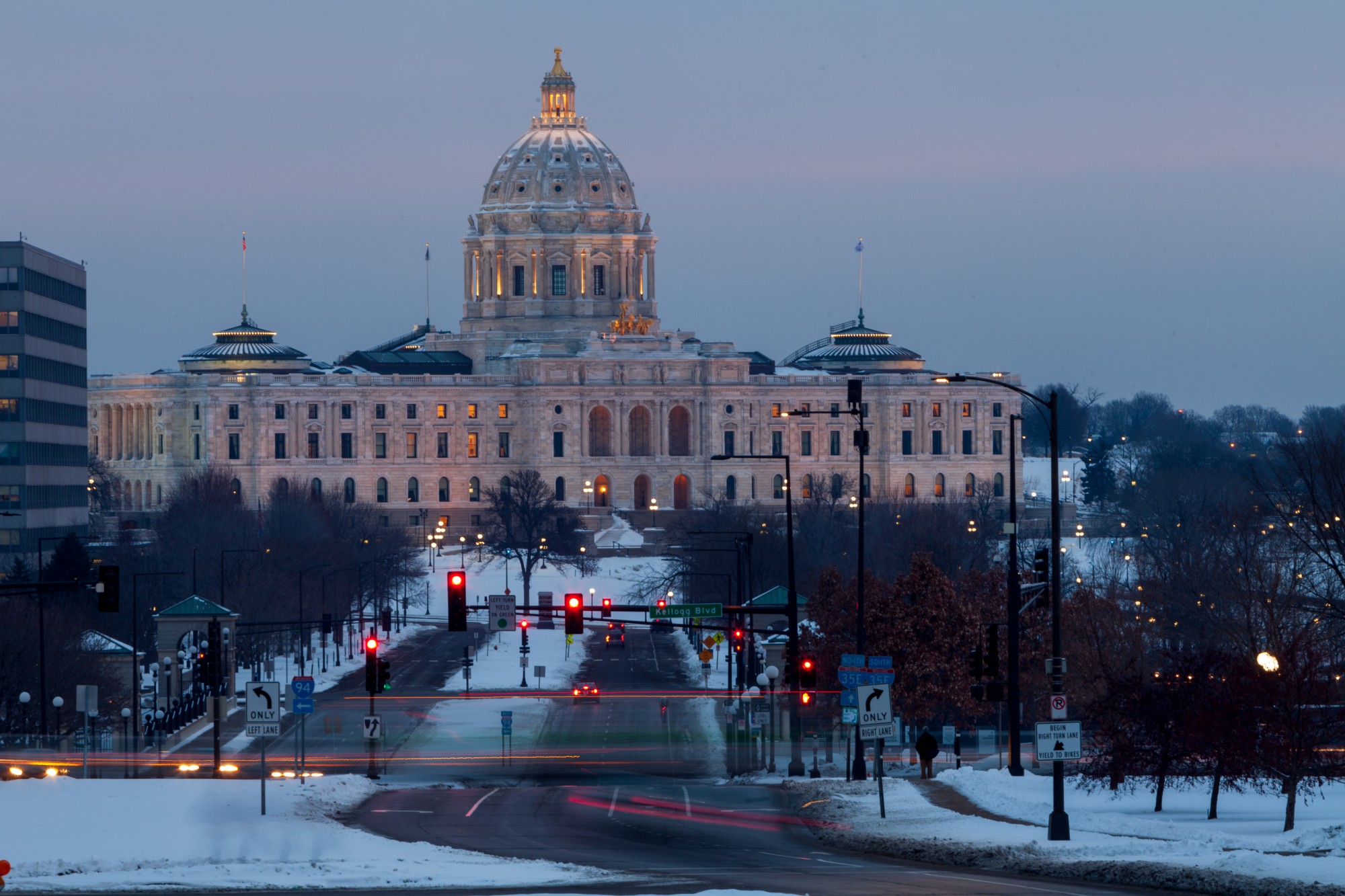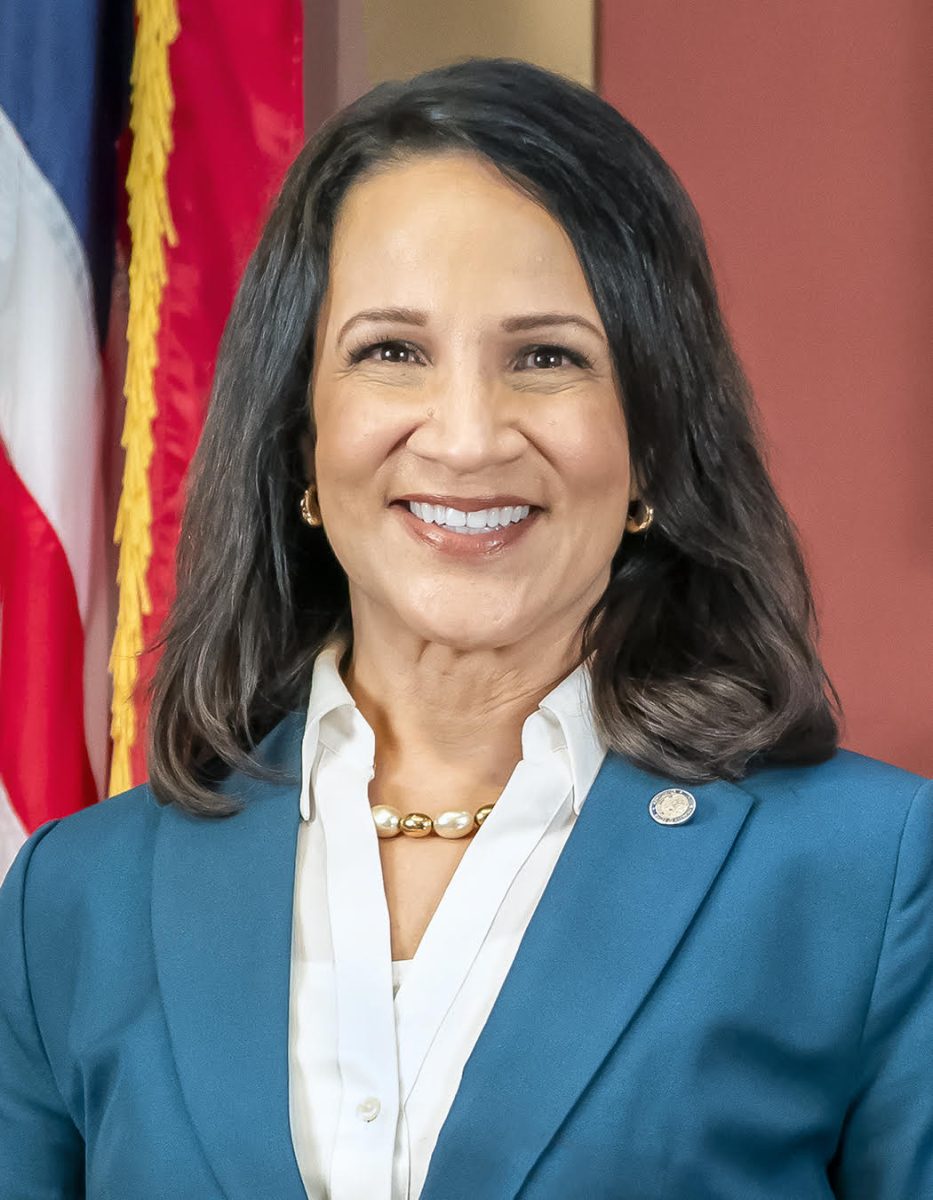As the upcoming session approaches, state lawmakers are weighing how to balance the University of Minnesota’s infrastructure needs with those of stakeholders statewide.
In his first capital bonding proposal, Gov. Tim Walz recommended $224.2 million to the University. As lawmakers prepare to begin the bonding process next month, University officials say the governor’s proposal is promising.
Walz’s higher education package, the third of a four-part rollout of his capital investment proposal on Jan. 13, would allocate about 70 percent of the University’s $317.2 million 2020 capital request. The University’s 2019 request went unfunded after a bonding bill stalled in the Senate late last session.
Bonding bills are typically passed in even-number years, although smaller bills can be considered in odd-years. Without the complete fulfillment of the University’s past capital requests, University President Joan Gabel said campus infrastructure will continue to deteriorate.
“We’re very committed and have learned to allot with what we have, and we’re very committed to make the most of the resources that are made available to us,” Gabel said at a press conference earlier this month. “But it’s not sustainable, and it will get harder and harder to maintain quality under existing conditions.”
Following the lack of a bonding bill last session, the state has received more than $5 billion in requests from stakeholders statewide. Rep. Connie Bernardy, DFL-New Brighton, chair of the House higher education committee, said a lack of funding for projects statewide can create a backlog in requests and increase competition for state funding.
Bernardy said Walz’s proposal reflects the feedback from stakeholders gathered by his administration this past year.
“It’s about a need and listening to Minnesotans, and I’m really glad that the governor has prioritized the needs of Minnesotans,” Bernardy said.
Walz’s proposal would fully fund renovations for three University facilities: chemistry facilities and the Institute of Child Development on the Twin Cities campus and A.B. Anderson Hall on the Duluth campus, which total $99.2 million.
The remaining $125 million would go toward the University’s $200 million Higher Education Asset Preservation and Replacement request to upgrade existing infrastructure throughout the University system.
“We don’t want to build more buildings — we have lots of facilities, and so the number one request being HEAPR was in recognition of that,” said Matt Kramer, vice president of University Relations. “We would like state support to maintain and upgrade what we have.”
Kramer said the staggered unveiling of Walz’s $2.03 billion bonding bill is promising. Giving higher education its own day highlights University projects, he said.
In a Jan. 9 statement, Senate Republicans advised against a large bonding bill, recommending a figure closer to the two most recent allocations, which were just under $1 billion each. But as the debate over the size of the project takes place in the coming months, Walz said to be critical of any cuts to his proposal.
“[Ask] why did they come up with an arbitrary number of that they want to bond for, rather than basing it on the needs and the financial stability and the appropriate amount of funding to tackle the backlog,” he said.








